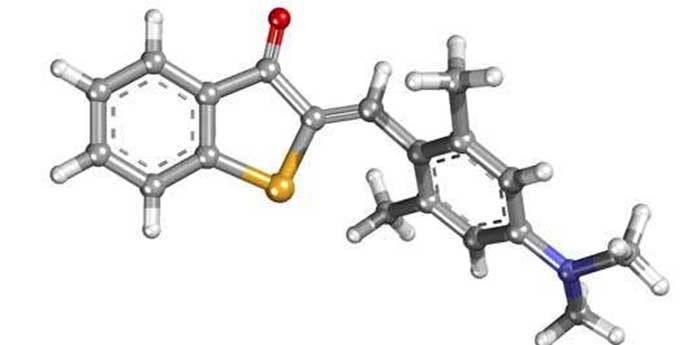Generally, photoswitch detects changes and polarities in light motion. It is sensitive in some way to light. Now, scientists from the Ludwig Maximilian University of Munich have incorporated a new photoactivatable molecule. This novel photoactivatable molecule shows 2-dimensional switching behavior, which is important for the construction of complex molecular machines.
Light can regulate molecular photoswitches. So, Scientists have developed such a switch, whose movements can be control with unprecedented precision. This switch is actually borrowed from a compound known as hemithioindigo. It has the 2-dimensional structure with two modes to operate in comparison with other chemical switches.
In hemithioindigo, thioindigo moiety is linked via a carbon double bond (C=C) and a single bond (C-C) to a planar aromatic ring. It alters the orientation of the aromatic ring in different ways depending on the nature of the medium in which it finds itself. Thus, this subordinate reacts to light. It allows controlling the intermolecular motion of the photoswitch with a degree of precision.
Henry Dube, research head, said, “When the photoswitch is dissolved in the non-polar solvent cyclohexane, light causes rotation exclusively about the double bond mentioned above. In a polar medium such as DMSO, the rotation occurs about the single bond in the linker. Moreover, the compound is the most efficient photoswitch of the hemithioindigo.”
Scientists then discovered why this photoactivatable molecule behaves differently in solvents of different polarities. Scientists are now thinking to apply it simply in controlling molecular motions to other types of chemical switches.
